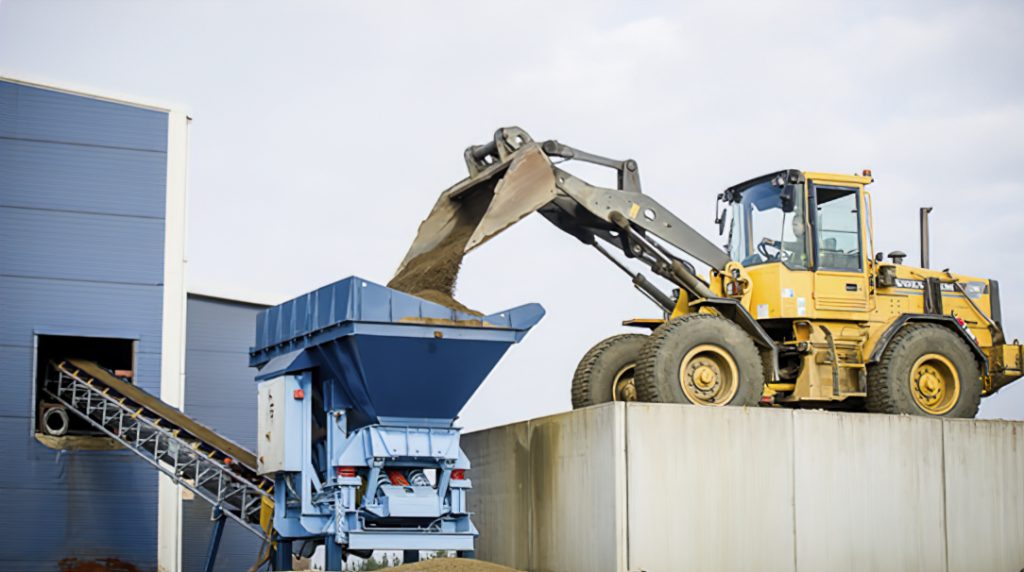Leading Edge reduces carbon footprint for Woxna Graphite Project

Leading Edge Materials Corp. [LEM-TSXV; LEMIF-OTCQB; LEMSE-Sweden] reported preliminary life cycle assessment (LCA) results for its 100%-owned Woxna graphite anode project in central Sweden.
On December 10, 2020, the company announced it had commissioned Minviro Ltd., a London-based globally recognized LCA consultancy, to build an LCA model and deliver a report for the planned vertically integrated production of natural graphite anode material in Sweden as described in the company’s recently announced Preliminary Economic Assessment (PEA) results.
The LCA results show that the production of 1 tonne of natural graphite anode material (coated spherical purified graphite (CSPG)) from natural graphite extracted at the Woxna Graphite mine is forecast to have an impact of 1.8 tonnes CO2 eq. Minviro applied the same methodology in the report to evaluate current Chinese natural and synthetic graphite anode material, with Woxna CSPG demonstrating an 85% to 90% lower impact than the current market dominant Chinese alternatives. A significant factor influencing the dramatically reduced carbon footprint for Woxna Graphite is the access to hydropower as the main electricity source.
Filip Kozlowski, CEO, stated, “I am excited to share these results on the potential dramatic reduced carbon footprint of Woxna Graphite anode material compared with current Chinese alternatives that dominate the supply today. The very low carbon footprint through the use of hydropower for energy intensive processes becomes a key competitive advantage when we are seeing an increased focus on sustainable raw materials for the European battery industry. On the back of recent price increases in carbon emission rights in Europe, and large European OEMs using even higher budgeting costs for each tonne of carbon emitted one sees increasing financial as well as sustainability advantage for Woxna Graphite .
“We recently announced robust PEA for Woxna Graphite and complementing those with a robust sustainability factor is a perfect match to attract interest as a future supplier of graphite anode materials for lithium-ion batteries within Europe.”
It is worth noting that 62.5% of the 1.8 tonnes CO2 eq. for Woxna Graphite was due to the inherited carbon footprint from production of argon and nitrogen gases used in the processes. The company has been in contact with a local supplier of these gasses which offer climate neutral alternatives. This offers a future potential to further minimize the carbon footprint of Woxna Graphite compared with current existing suppliers when these lower impact alternatives can be incorporated.
The LCA study will now be sent out for external review to an independent panel of experts after which final results will be confirmed.
